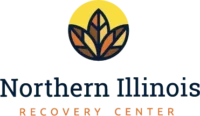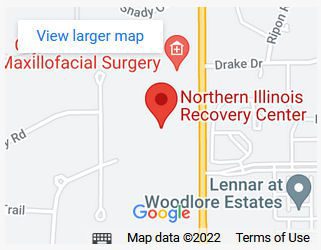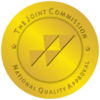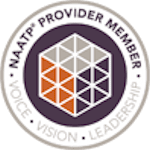Heroin Addiction Rehab Center in Illinois
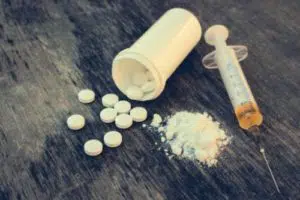

Northern Illinois Recovery Center is a facility that provides extensive substance abuse treatment to the area, including heroin addiction treatment. Our heroin addiction rehab center is one important component in bringing the drug rates down, which, in turn, also helps reduce crime in the area. We make sure to provide an exceptional heroin rehab program as one of our treatment options for heroin users.
Jump to Section
What is Heroin?
Heroin is a natural substance that originates from the seed of different opium plants. The plants come from Asia, Mexico, and Colombia. Heroin is either white, brown, or black and usually a powdery substance, although black heroin is more sticky.
Sometimes the person selling the drug mixes it with other substances to make more money from the drug, which makes it even more dangerous than it already is. This is a prime example of how heroin dependency forms. For these few reasons, heroin addiction treatment is crucial.
People use heroin in different ways.
The most common method of use is to inject it into the veins. Injecting heroin makes the drug go straight to the bloodstream, then providing more of an instant high. However, some people do snort or smoke the drug.
How Does Heroin Work On the Brain?
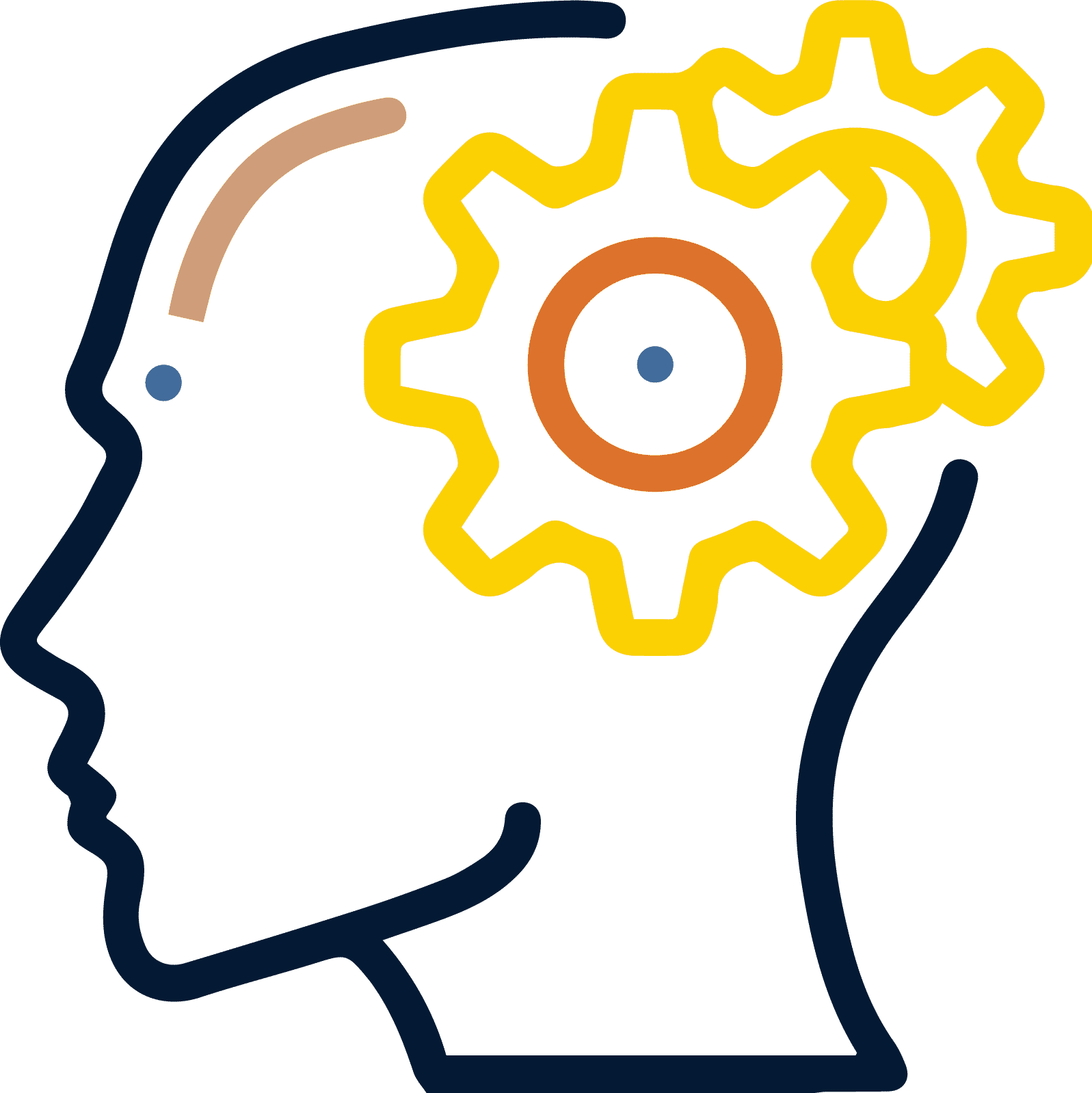

These opioid receptors are responsible for many of our feelings of pleasure, well-being, excitement, and euphoria. This also explains why heroin withdrawal is so brutal.
Additionally, the drug also activates the dopamine chemical in the brain, which is the reward center of the brain.
This reinforces the person to continue doing the drug, leading to the need for the heroin addiction treatment programs that our Northern IL treatment centers offer. Furthermore, igniting heroin dependency to form in heroin users. Our treatment options help you counteract that.
How Many People are Addicted to Heroin?
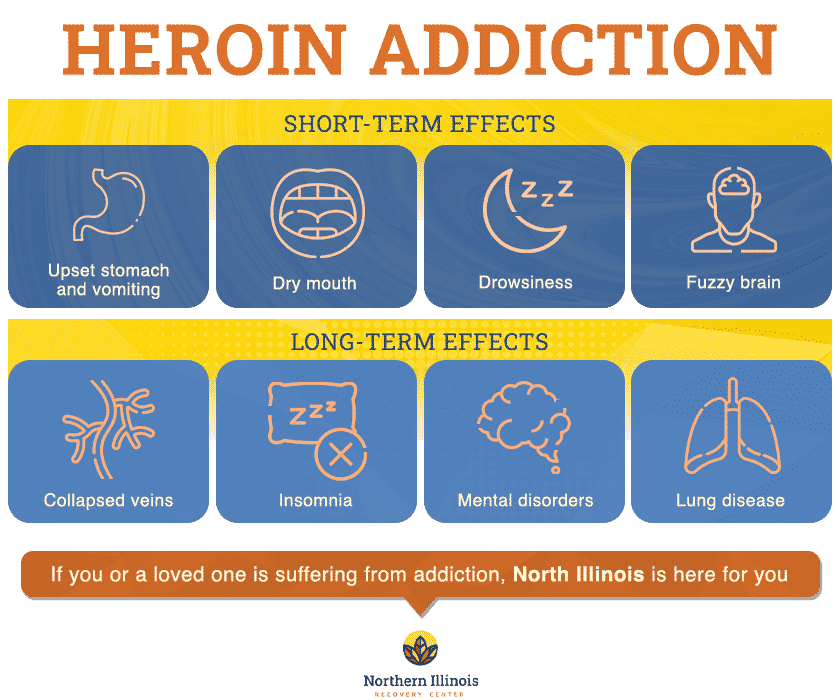



The number of people who admitted to doing the drug during the year was 948,000.
Heroin is a potent drug, and heroin withdrawal is typically severe. Ranging on how much substance use and heroin use was acquired, the withdrawal will be based on that.
Our treatment centers are skillful in aiding those who struggle with substance use in long term recovery. Another startling statistic from the NIH is that more people are trying heroin for the first time, which means that drug education does not seem to be getting through to people. In fact, the number of people who tried heroin for the first time doubled in 2016 from 2006.
These numbers indicate that the only solution for those struggling with drug addiction problems is a heroin rehab in Illinois. Our treatment center can assist you with your substance use and mental health conditions. Don’t allow health insurance concerns or the lack of interest in a sober life to keep you from pursuing treatment. Everyone has a different recovery journey that is unique.
How Illinois Heroin Addiction Treatment Programs Reduce Addiction
The effects of heroin use and addiction are many. The crisis of heroin addiction, according to the NIH, has led to “the number of people meeting Diagnostic and Statistical Manual of Mental Disorders, 4th edition (DSM-IV) criteria. For dependence or heroin use disorder increased dramatically from 214,000 in 2002 to 626,000 in 2016.”
Our residential rehab in Illinois allows users to come off heroin in a safe and medically supervised manner. Clinical technicians oversee rehab participants in a facility that is a cross between a living area and a gathering place. The atmosphere in addiction treatment centers is non-judgmental, compassionate, and understanding.
When you attend a treatment center, your chances for recovery are much higher than trying to do it alone. You will also have the support of others in a similar situation as you, and you have the guidance of professional medical staff. When you’re combating drug abuse, know that you’re not alone and there is addiction treatment that can help you.
What to Expect in an Illinois Heroin Addiction Center
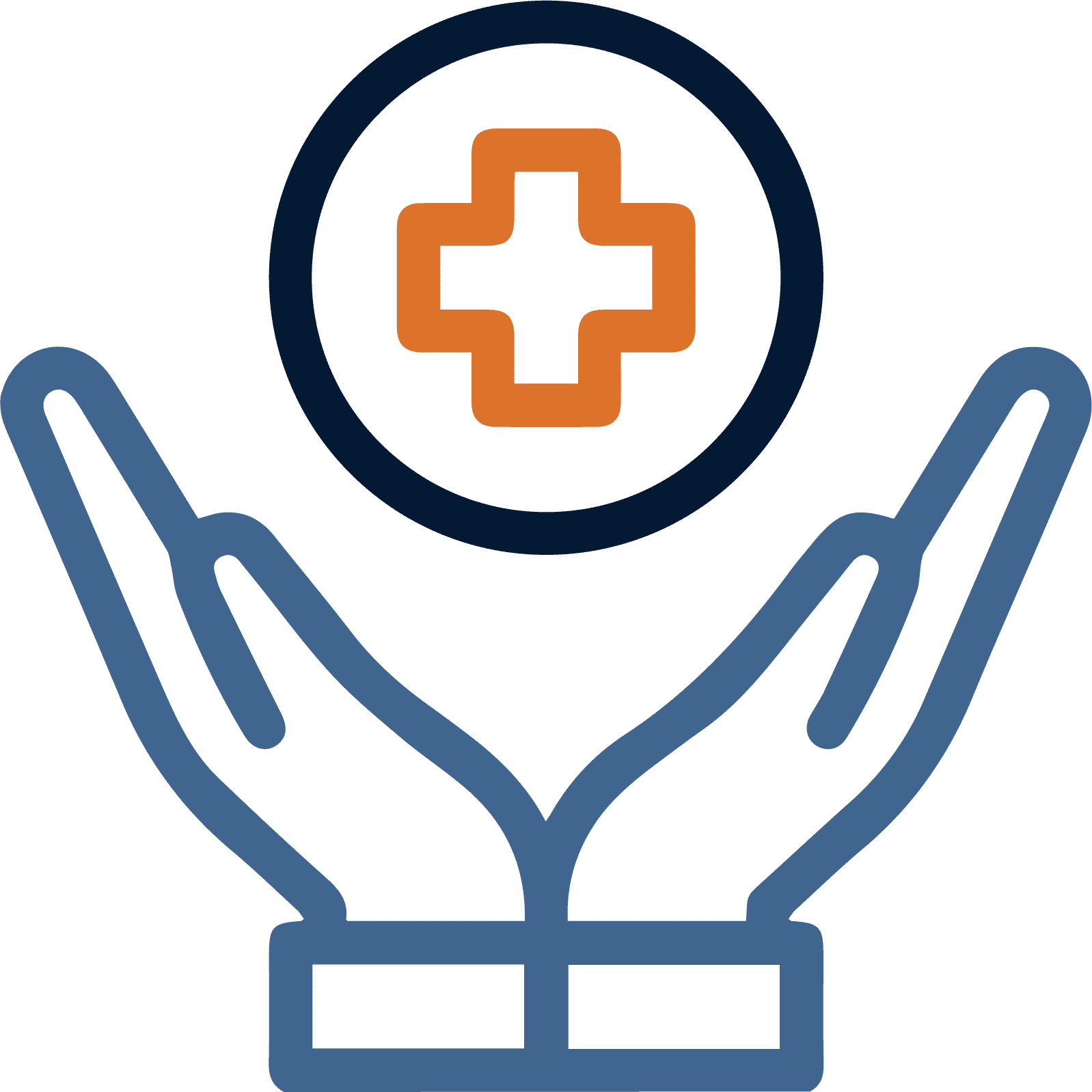

This is typically an approach that best fits those who have been struggling long-term with heroin addiction. It is designed to help individuals by using strictly administered medications like Suboxone or Methadone to reduce cravings and minimize withdrawal symptoms. Doing so allows individuals to focus on their therapy such as cognitive behavioral therapy and not just heal physically but psychologically as well.
Whether in one of our standard addiction treatment programs or our MAT program, individuals can take advantage of the same high quality and varied therapies such as:
- Group therapy
- Individual counseling sessions
- Family therapy
- Cognitive behavioral therapy
- Dialectical behavior therapy
Another option in our heroin addiction center is dual diagnosis treatment. It’s very common for individuals to develop a substance use disorder like a heroin addiction due in part to an attempt to self-medicate because of an underlying mental health issue. Often, individuals are unaware they are struggling with a mental health issue or leading to their substance abuse.
Also, addiction puts individuals at a higher risk of developing a mental health concern. Through dual diagnosis treatment, a co-occurring disorder (when someone struggles with both addiction and mental health issues) can be addressed so that individuals heal more completely. At Northern Illinois Recovery Center, our dual diagnosis treatment program can address:
- ADHD (attention deficit hyperactivity disorder)
- Anxiety
- Bipolar disorder
- Depression
- PTSD (post-traumatic stress disorder)
Heroin addiction can be intense and severe. It can be made complicated by dual diagnosis issues and may need targeted treatment like what MAT offers. Fortunately, Northern Illinois Recovery Center has the capacity, expertise, and experience to help. Let us assist with drug abuse today.
Drug and alcohol addiction have the ability to cause various mental health concerns and withdrawal symptoms. So, whether withdrawal symptoms need to be managed through MAT or dual diagnosis treatment needs to be offered for co-occurring disorders, we can help. Don’t hesitate to experience all that addiction treatment has to offer.
Learn More About Our Heroin Addiction Treatment Facility


- Partial hospitalization program (PHP)
- Intensive outpatient program (IOP)
- Outpatient treatment
- Sober living program
We strive to assist you in your recovery process, whether that is through heroin withdrawal or addiction recovery. Your recovery process is fundamental at our rehab centers. We aim to welcome you to long term recovery on your recovery journey.
Don’t let heroin take any more of your life. You can overcome this addiction by going to an Illinois heroin rehab today. Contact us and we’ll help you every step of the way.
Get the help you need at Northern Illinois Recovery!
855.458.1739
Northern Illinois Recovery Addiction Treatment Center


Licensed Physician and Surgeon
Dr. Beth Dunlap, a board-certified addiction medicine and family medicine physician, and is the medical director at Northern Illinois Recovery Center. She is responsible for overseeing all the integrated medical services at both campuses. Beth completed medical school, residency, and fellowship at Northwestern University, where she continues to serve on the faculty as a member of the Department of Family and Community Medicine. She has extensive experience in addiction medicine at all levels of care, and her clinical interests include integrated primary care and addiction medicine, harm reduction, and medication-assisted treatment.
